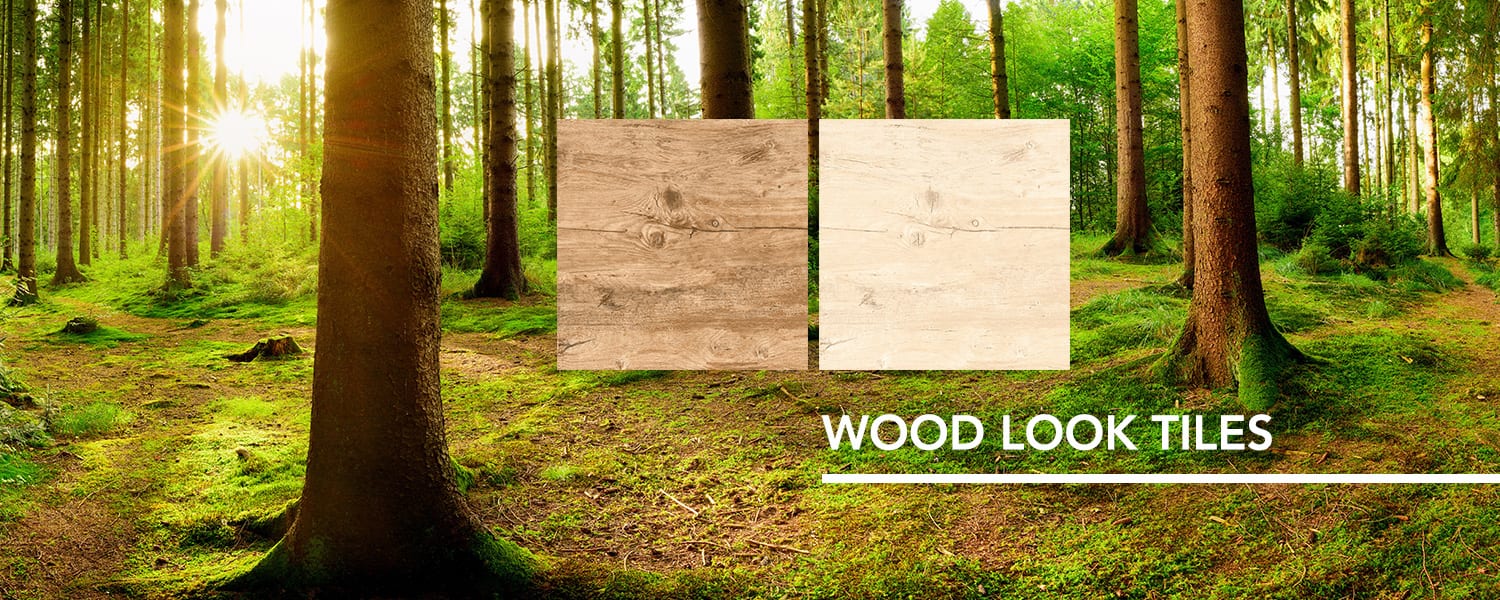DIY Tiling Series Part 2 – Preparing Tile Adhesive
This is a DIY Tiling series to help you through your tiling project. In Part 1 we spoke about preparing your sub-floor and planning your tile layout. In Part 2 we are going to look at mixing and preparing tile adhesive for laying your tiles.
Things to do before getting started with laying tiles
Firstly, make sure you have the right safety gear. We advise you wear a face mask when mixing tile adhesive due to the amount of dust. Also, make sure you wear safety goggles to prevent eye irritation. You will need gloves for mixing your adhesive and knee-pads as you will be kneeling for long periods.
Step 4: Make sure you have the right Tile Adhesive
For different types of tiles, there are different types of tile adhesive. If you use the wrong adhesive your tiles will not bond with the sub-floor correctly and your tiles may lift. When purchasing your tiles, be sure to ask your iTILE Brand Ambassador which adhesive is the correct one to use.
Step 5: Mix your Tile Adhesive correctly
Before mixing the tile adhesive make sure you read the mixing instructions and follow the instructions correctly. To mix adhesive you will need a large bucket and a mixing trowel. When mixing the tile adhesive you will need to remove all lumps so the adhesive is of a smooth consistency. Using a mixing drill is suggested to get this consistency with the least effort. When mixing the adhesive, make sure that you don’t mix too much at a time. Make sure you do not make too much and let it stand as it will go hard.
Tip: There are different colour adhesives, so if you are going to use a white grout for your tiles it is best to use a white adhesive.
Tip: White tile adhesive is used for the application of Marble, Travertine and Polished Porcelain tiles. All other tiles can use standard grey colour adhesive.
Step 6: Applying your tile adhesive
When laying your tiles make sure your tiles and floor are clean and that there is no loose dirt, dust or oils that will prevent the tile from bonding with the floor correctly. Also, if your floor is dry, use a spray bottle to dampen the area before you apply the adhesive. When applying your adhesive to your floor you will need a trowel to spread the adhesive. There are two sides to the trowel, a smooth edge and an edge with notches called teeth. For different sizes and types of tiles, the teeth need to be different widths and depths. Typically the larger the tile, the larger the notches have to be.
Scoop a generous amount of tile adhesive and apply it to the floor with the rigged side of the trowel. Spread the adhesive evenly so your tiles will be level. Start applying adhesive from the corner of one quadrant to the center point of the room. When applying the tile adhesive, press the adhesive into the floor at a 45-degree angle. Spread the adhesive so you have enough space to fit a few tiles. Don’t apply adhesive for an area that is too large as you’ll need to work quickly before the adhesive dries. If you are doing this for the first time it is better that you apply adhesive for between 1-3 tiles at a time. Before you get carried away with tiling make sure you plan your layout so that you do not tile yourself into a corner.
Allow for drying time
Most tile adhesives need about 24hours to dry before you can walk on it, alternatively, there are either 6 or 12hour setting adhesives if you would like to speed up the process. Whichever setting you use always make sure you have an escape route so that you don’t tile yourself into a corner.
Great! Now our sub-floor is prepared and your tile adhesive is mixed and we are ready to lay down our tiles. If you have any questions up to now, feel free to ask away on our facebook page or via email.




